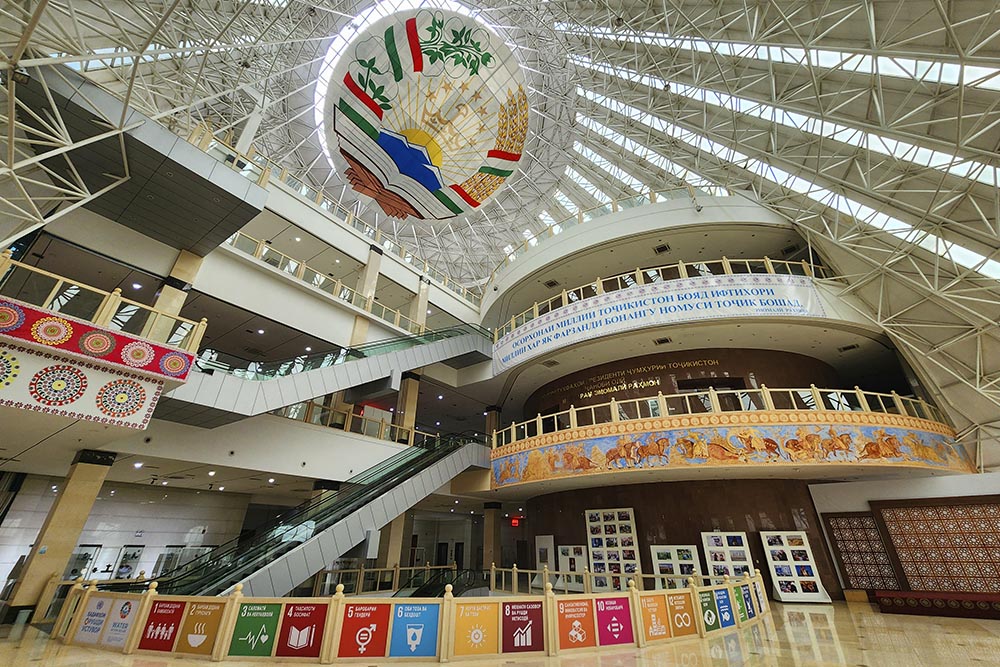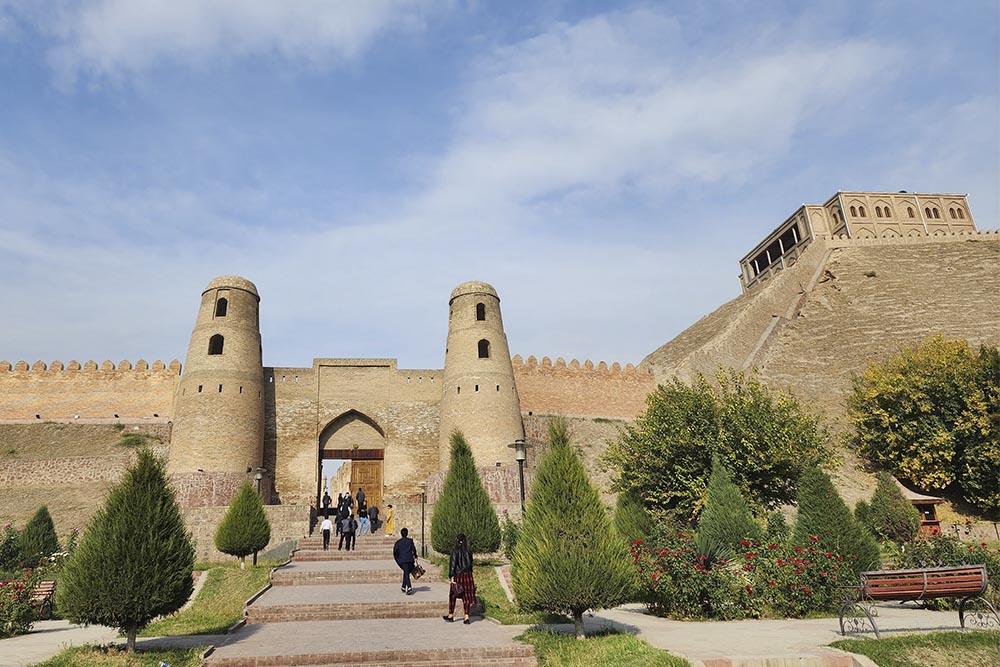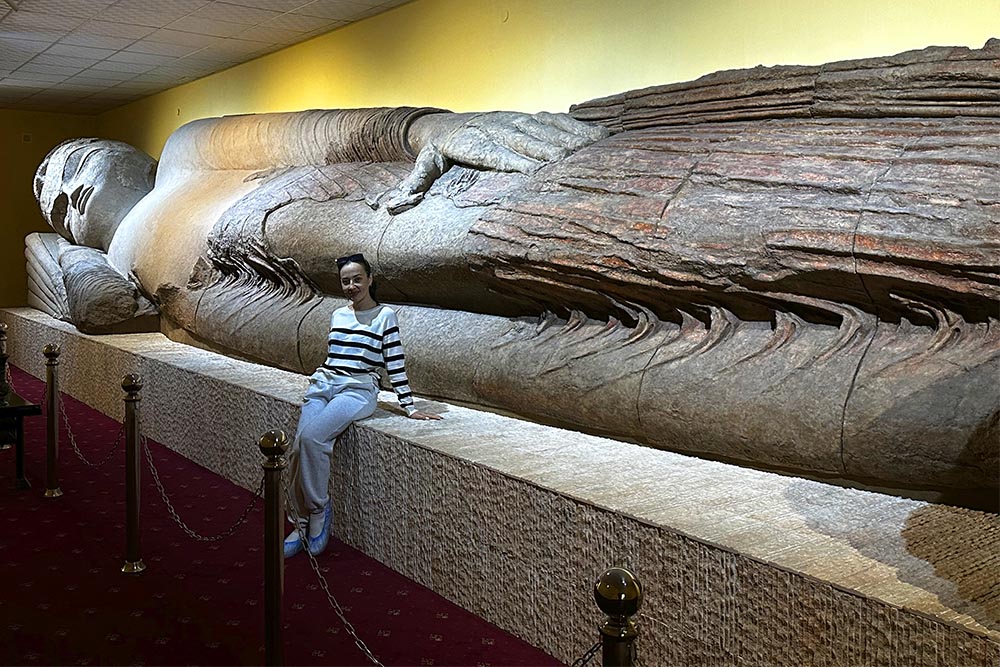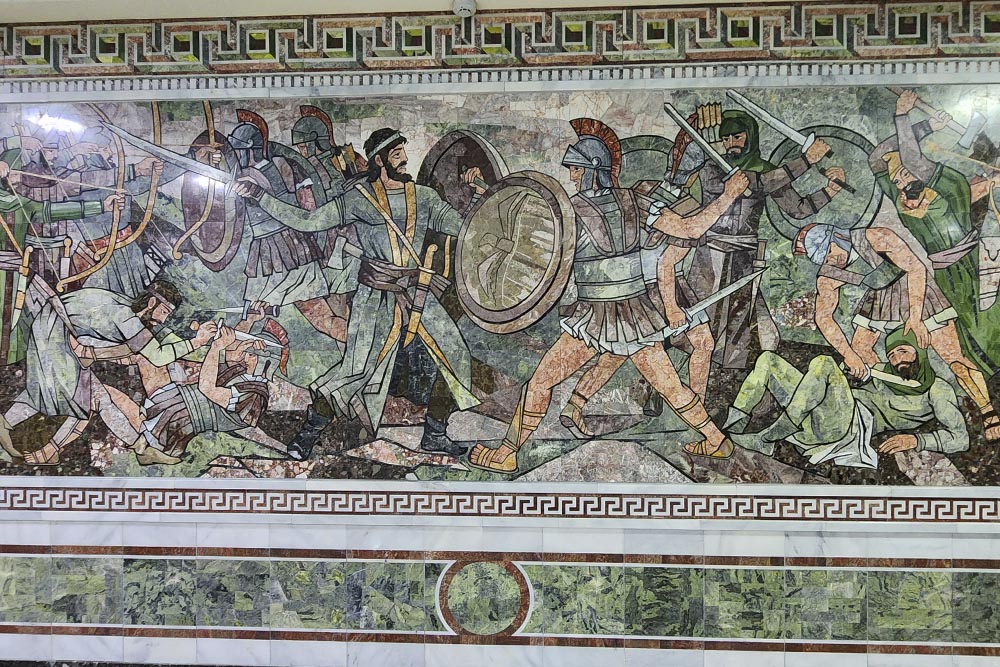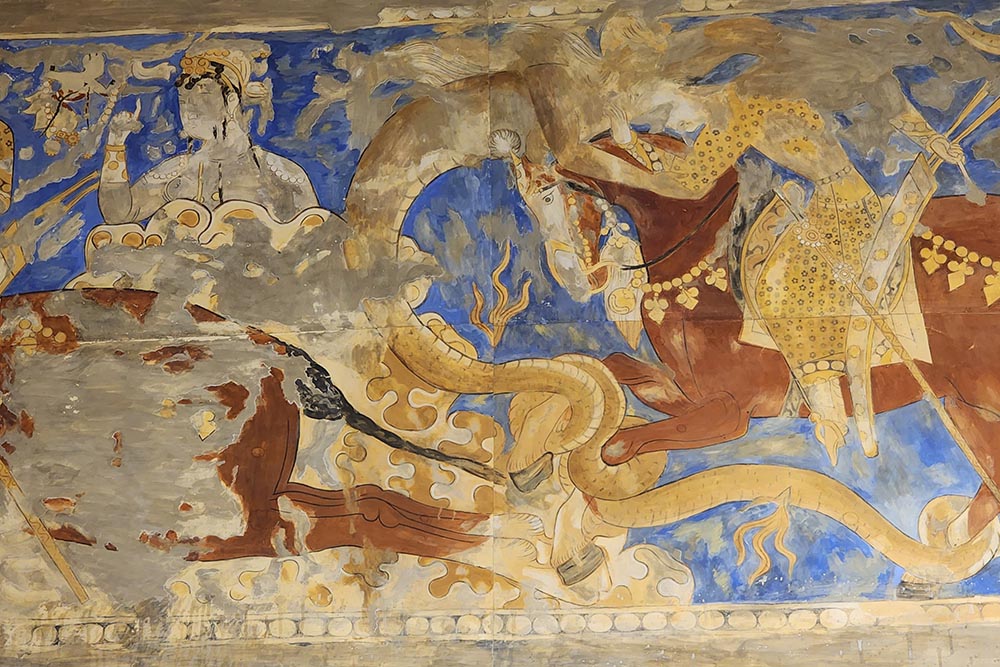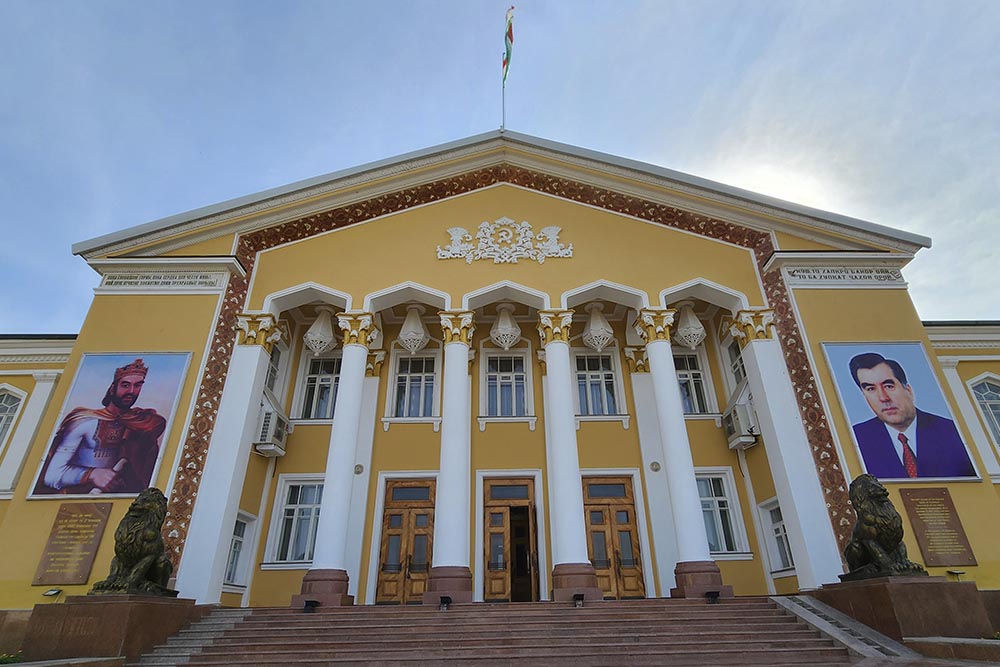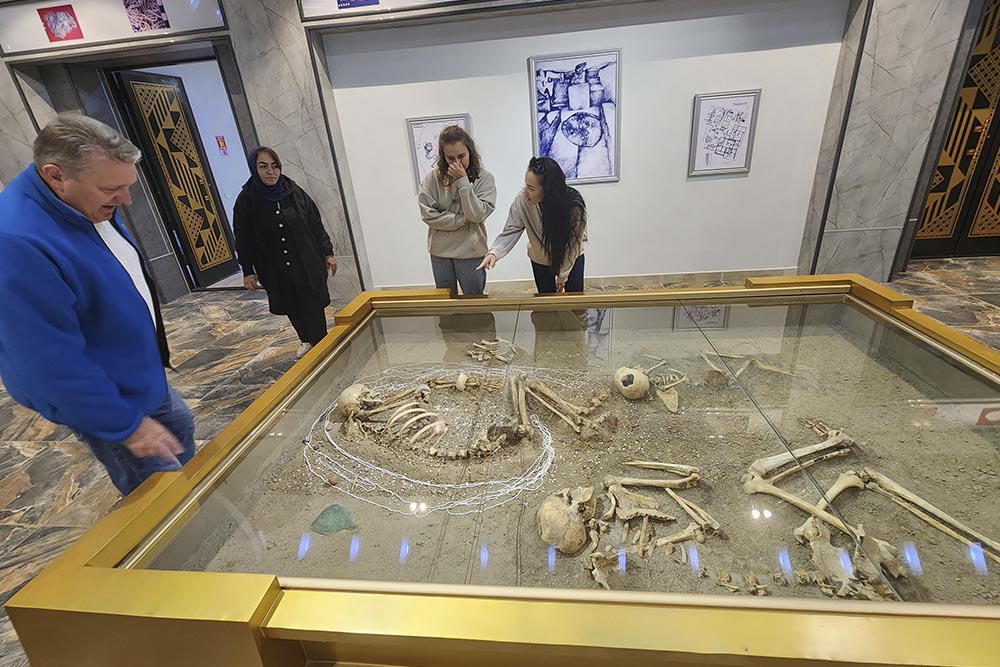The history of the Tajik people living in the country's Museum collections is bright and diverse.
The first Museum in Tajikistan appeared at the beginning of the XX century in Khujand and its appearance is associated with the name of Mr Sobirov Mirzakhodji (Khoja Antika), a well-known antiquarian traveler who had a large collection of Antiques. Mr Sobirov exhibited his collection both in Tashkent and Khujand, and after his death he bequeathed to transfer the entire collection to the state, on the basis of which the Historical Museum of Sugd region appeared. In 1933, it was transformed into the Museum of local lore of Northern Tajikistan. The Museum moved several times in its history and in 2006 settled in a new building in the form of a traditional defensive citadel on the site of the Khujand fortress. The Museum's collections today contain numerous artefacts dating back to the Stone age.
The local history Museum of archeology and fortification in Khujand was opened in 1986 and is located in the premises of the restored Eastern part of the wall of the ancient Khujand fortress. The Museum's exposition tells about the structure of the fortress in different centuries, about the life and everyday life of the people who inhabited it in different epochs.
In 1934, K.Behzad Museum was established in Dushanbe (since 2013 it is the National Museum of Tajikistan). The Museum's collections contain more than 50,000 items, which include ethnographic, archaeological, numismatic collections, collections of fine, graphic, sculptural and applied arts, as well as samples of the flora and fauna of the region.
The national Museum of antiquities of Tajikistan was opened in 2001 in Dushanbe on the basis of the Institute of history, archeology and ethnography named by A.Donish. It contains unique samples of ceramics, stone, metal, glass, jewelry, sculpture, paintings, household items, coins collected for about eighty years in the archaeological expeditions of the Institute.
Istravshan is a Museum city in Sugd province, founded in the VI century BC, has many preserved architectural monuments, several museums: the Museum of local history, located in the building of the former Orthodox Church of the second half of the XIX century; the Museum of weapons and Museum of unusual ethnographic in the hollow of an ancient tree.
You can walk along the ancient streets, touch the walls of ancient structures, watch the excavations of ancient settlements, large collections of ancient artifacts in Penjikent, Sarazm, Hissar historical and cultural museums-reserves, in the historical and cultural Museum-reserve "Hulbuk" in Kulyab.
Historical, local history, art, memorial, literary museums, museums on the site of excavations in different regions and cities of Tajikistan are of particular interest to those who want to get acquainted with the ancient culture of the ancient Eastern country.

 Centralasia Adventures
+998781506280
Centralasia Adventures
+998781506280
28, Mukanna str.
Uzbekistan
Tashkent region
100070



